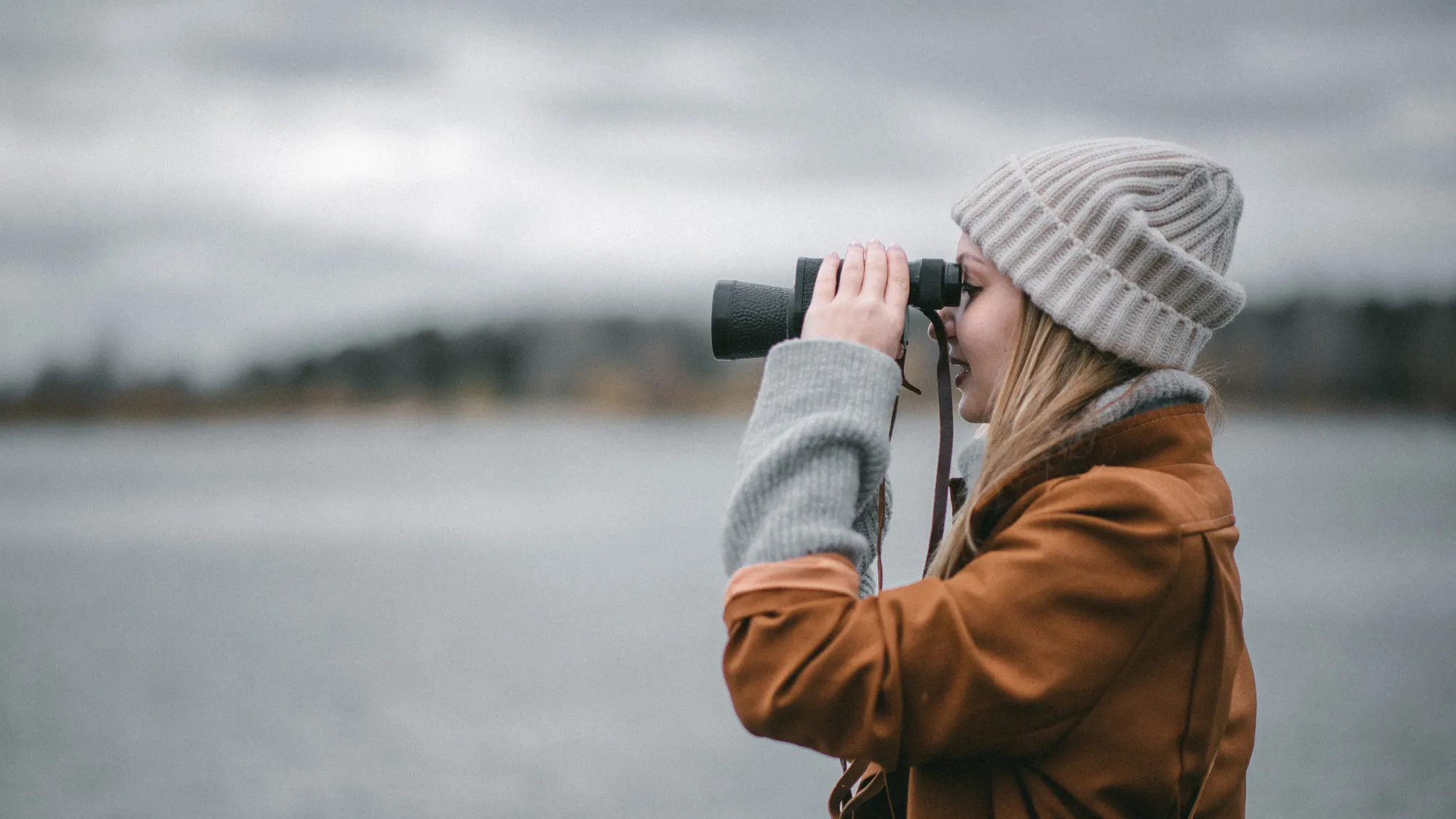Take a Good Look
From the minute we open our eyes in the morning, our sense of sight kicks into gear. For the rest of the day, we see people, places, and things – some familiar and others new. Yet despite our remarkable ability to see, a sense that precedes speech in our development, we can easily ignore, overlook, and disregard clues, insights, and signs that can help us – and our businesses – to grow.
I didn’t see that coming.
What you see is what you get.
I don’t see the point.
Let’s see how it goes.
They can’t see the forest for the trees.
None of these statements invokes a proactive, confident awareness of situations, actions, or outcomes.
Seeing is not the same as looking and observing. Our sight kicks in automatically; we don’t have to think about it, whereas genuinely looking at and observing something requires awareness. Overlooking details, missing key points, not visualizing the result, being blind to the impact of our actions, and walking through life wearing blinders never serve us well in the long game.
The good news is that we can improve our powers of observation and increase our awareness of what’s happening around us through simple practices that don’t require deep meditation, spiritual awakening, time, or money.
Consider the saying: Look before you leap. Anyone with sight can see a small stream in their path while hiking and jump over it, based solely on the fact they want to get past the obstacle in their way. Someone with switched-on observation powers will look at the same stream and carefully assess the situation before risking the jump. The rocks could be slippery, the span too wide, or movement in the bushes on the other side suspicious. The difference is that one party recklessly jumps, ignoring potential pitfalls. The other decides by assessing risk based on observations, experience, and knowledge – not blind faith. How often do we regret the outcome of a poor decision, made in the spur of the moment, without looking into the possible consequences?
A simple way to kick-start your power of observation is to look at your everyday environment more closely. Take a walk and pick something to concentrate on: count the number of buildings you pass, the different colours and textures of trees, the way the air feels, details in gardens, or children’s voices. How many animals did you observe? Look for little things at your feet and the big picture ahead.
Take yourself on a scavenger hunt. Pick something to look for, and as you go about your day, look for that object. It could be as simple as how many stop signs you see, out-of-province license plates, people smiling, yellow flowers – anything goes! Change it up every day.
Or turn on your senses by considering this probability: If you buy a red Volkswagen, you’ll start to notice red Volkswagens wherever you go. Pregnant women seem to be everywhere, where none seemed to exist before someone close to you broke the news. Both these examples illustrate what happens when we turn focus our attention.
The point of these practices is to actively engage in the art of observation by closely looking at and considering what we see in front of us. The more in tune we become, the more these skills will transfer to how we manage our businesses and relationships.
“Observation lets us see unexpected things around us that might stimulate our curiosity, leading to new experiments or perceptions.” – Chuck Palahniuk

